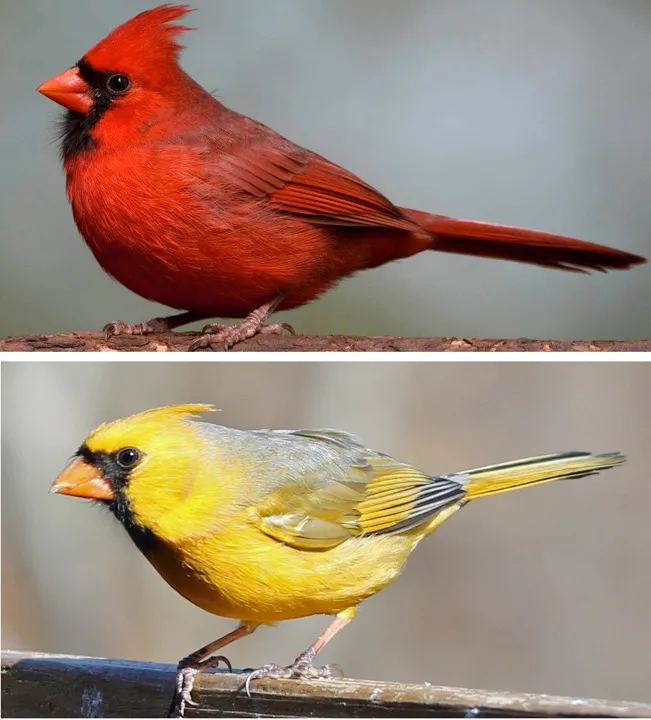If you think that only Angry Birds see red you should look at the latest findings of two teams of researchers published today in
. They independently found a gene that not only enables birds to produce red colour pigments to dye their feathers, but also actually enhances their colour vision.
How did they find the gene?
The first team of scientist from the Universidade do Porto in Portugal, Washington University School of Medicine and Auburn University, were able to single out the gene by comparing the genetic code of yellow canaries, red siskins and a cross breed of the two, red canaries.
The red animals were found to have a special gene in their skin called cytochrome P450, which produces an enzyme that turns yellow carotenoids, found in many plants such as carrots, into red ketocarotenoids.
The other team, from the University of Cambridge, the University of Gothenburg and the University of Sheffield, looked at the genetic differences between red zebra finches and mutant yellow-beaked zebra finches to find the gene.
Why do birds love red?
For birds red as the ‘colour of love’ lives up to its name. Many species use it to attract mates.
"In sexual selection, red colour is thought to signal individual quality and one way it can do this is if the type or amount of pigmentation is related to other physiological processes, like detoxification," says Staffan Andersson of the University of Gothenburg.

But seeing red is even more important than just finding a mate, the gene exists in a huge number of bird species, including those without red feathers or skin.
“Diurnal birds appear to use this gene to produce red pigments in the retina to enhance colour vision,” says Joseph Corbo of Washington University. “However, only birds with red feathers additionally express the gene in their skin. These findings suggest that nearly all birds have the latent capacity to make red feathers, but in order to actually do so, they must evolve the means of expressing [this gene] in the skin in addition to the retina."
The next stage of research is to discover where this “red-maker” gene originates from, focussing on African widow-birds and bishops. Of course, they could always turn their attention to this Red bird if they’re in need of a little inspiration.